Floral Hydrangea: The Bloom That's
Floral Hydrangea: The Bloom That's
Hydrangeas are one of the most popular flowering shrubs in the world. They are known for their large, colorful blooms that can range in color from blue to pink to white. Hydrangeas are relatively easy to grow and care for, and they can add a touch of elegance to any garden.
In this blog post, we will discuss the different types of hydrangeas, how to care for them, and how to get the most out of their blooms. We will also look at some of the latest trends in hydrangea gardening.
Types of Hydrangeas
There are many different types of hydrangeas, each with its own unique characteristics. Some of the most popular types include:
- Bigleaf hydrangeas (Hydrangea macrophylla) are the most common type of hydrangea. They have large, round blooms that can be up to 12 inches in diameter. Bigleaf hydrangeas bloom on old wood, so they should be pruned in the spring after they have finished blooming.
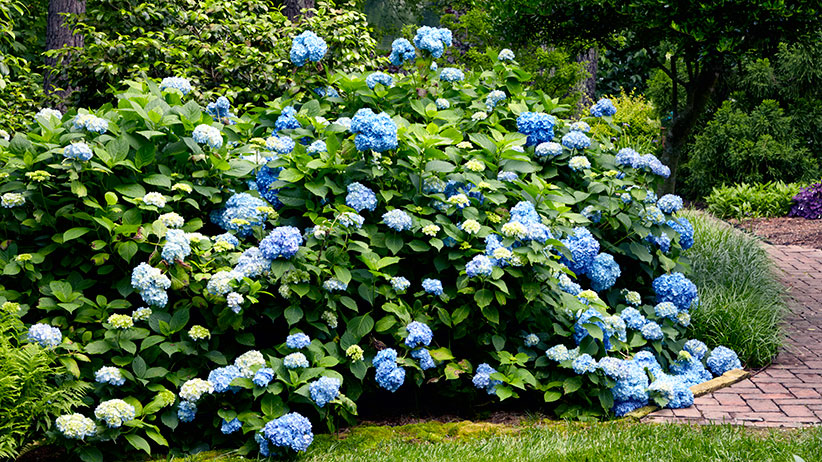
- Smooth hydrangeas (Hydrangea arborescens) are another popular type of hydrangea. They have smaller, white blooms than bigleaf hydrangeas, but they are more cold-hardy. Smooth hydrangeas bloom on new wood, so they should be pruned in the fall after they have finished blooming.
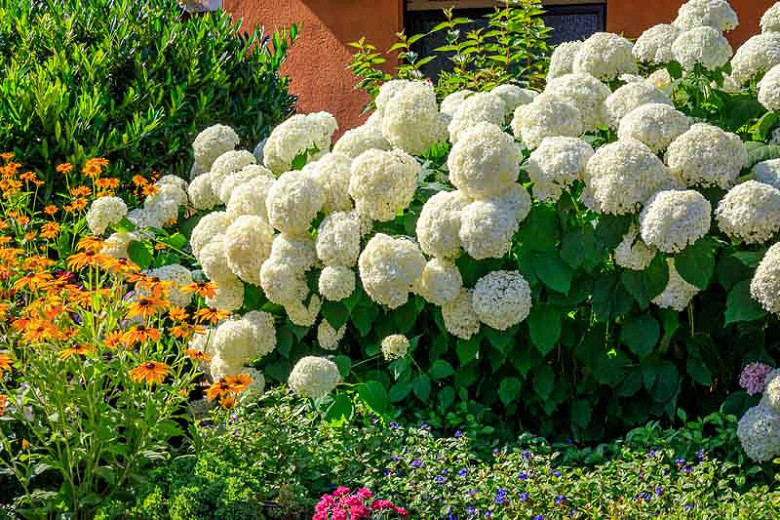
- Panicle hydrangeas (Hydrangea paniculata) are a type of hydrangea that produces large, cone-shaped blooms. They are more heat-tolerant than bigleaf and smooth hydrangeas, and they can be grown in full sun. Panicle hydrangeas bloom on new wood, so they should be pruned in the winter.
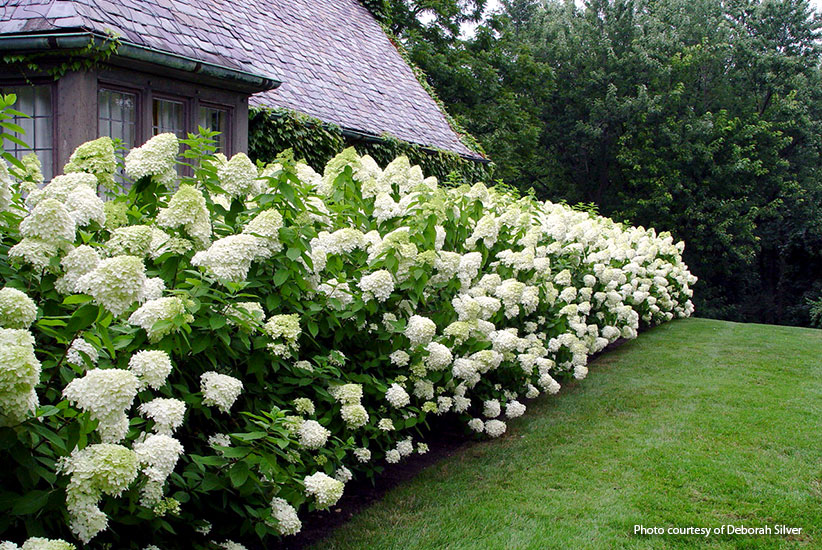
- Oakleaf hydrangeas (Hydrangea quercifolia) are a type of hydrangea that has large, oak-shaped leaves. Their blooms are smaller than those of bigleaf hydrangeas, but they are more colorful. Oakleaf hydrangeas bloom on old wood, so they should be pruned in the spring after they have finished blooming.
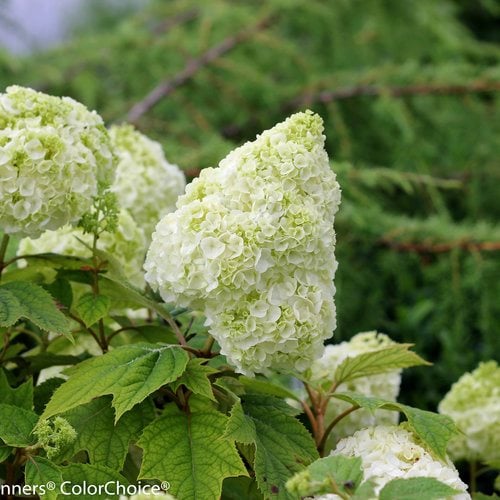
Caring for Hydrangeas
Hydrangeas are relatively easy to care for. They need well-drained soil and full to partial sun. They should be watered regularly, especially during hot, dry weather. Hydrangeas also benefit from being fertilized in the spring and fall.
The color of hydrangea blooms can be affected by the pH of the soil. In acidic soil, hydrangeas will bloom blue. In alkaline soil, they will bloom pink. You can change the pH of your soil by adding lime to alkaline soil or sulfur to acidic soil.
Getting the Most Out of Hydrangea Blooms
There are a few things you can do to get the most out of your hydrangea blooms:
- Plant hydrangeas in a location that gets morning sun and afternoon shade. This will help to prevent their blooms from fading.
- Water your hydrangeas regularly, especially during hot, dry weather. Hydrangeas need about 1 inch of water per week.
- Fertilize your hydrangeas in the spring and fall. Use a fertilizer that is high in phosphorus.
- Prune your hydrangeas in the spring or fall. This will help to keep them healthy and encourage new growth.
Latest Trends in Hydrangea Gardening
There are a few new trends in hydrangea gardening that you may want to try:
- Growing hydrangeas in containers. Hydrangeas can be grown successfully in containers. This is a great option if you have limited space or if you want to be able to move your hydrangeas around.
- Growing hydrangeas in mixed borders. Hydrangeas can be used to add color and interest to mixed borders. They can be planted with other flowering shrubs, perennials, and annuals.
- Using hydrangeas in cut flower arrangements. Hydrangeas make beautiful cut flowers. They can be used to create centerpieces, bouquets, and other flower arrangements.
Conclusion
Hydrangeas are beautiful, versatile shrubs that can add a touch of elegance to any garden. With proper care, they will reward you with beautiful blooms for many years to come.
Floral hydrangeas are stunning flowers that can add a touch of elegance to any garden. If you're interested in learning more about these beautiful blooms, I recommend visiting . This website has a wealth of information about floral hydrangeas, including their history, cultivation, and care. You can also find photos and illustrations of different types of floral hydrangeas, as well as tips on how to choose the right hydrangea for your garden.
FAQ of floral hydrangea
1. What is a floral hydrangea?
A floral hydrangea is a type of hydrangea that is grown for its beautiful flowers. There are many different varieties of floral hydrangeas, but they all have large, showy blooms that come in a variety of colors, including blue, pink, white, and purple. Floral hydrangeas are popular in gardens and floral arrangements, and they can be grown in a variety of climates.
2. How do I care for a floral hydrangea?
Floral hydrangeas are relatively easy to care for, but they do require some basic care. They need full sun to partial shade, and they prefer moist, well-drained soil. Floral hydrangeas should be watered regularly, especially during the hot summer months. They should also be fertilized once a month during the growing season.
3. How do I change the color of my floral hydrangea?
The color of a floral hydrangea's flowers is determined by the pH of the soil. In acidic soil, the flowers will be blue. In alkaline soil, the flowers will be pink. To change the color of your floral hydrangea's flowers, you can adjust the pH of the soil. You can do this by adding sulfur to acidic soil or lime to alkaline soil.
4. How do I extend the vase life of my floral hydrangeas?
Floral hydrangeas will last longer in a vase if you take care of them properly. When you first cut the hydrangeas, recut the stems at an angle and remove any leaves that will be below the water line. Fill the vase with cool, clean water and add a flower food. Change the water every day or two.
5. How are floral hydrangeas used in floral design?
Floral hydrangeas are a popular choice for floral arrangements because of their large, showy blooms. They can be used in a variety of arrangements, from simple bouquets to elaborate centerpieces. Floral hydrangeas can also be used to create wreaths, garlands, and other decorative items.
Image of floral hydrangea
- A bouquet of white hydrangeas in a vase. The hydrangeas are large and full, with a delicate, cascading shape. The vase is simple and elegant, with a clean white finish.
- A close-up of a pink hydrangea flower. The flower is large and round, with soft, delicate petals. The color is a vibrant pink, with a hint of blue.
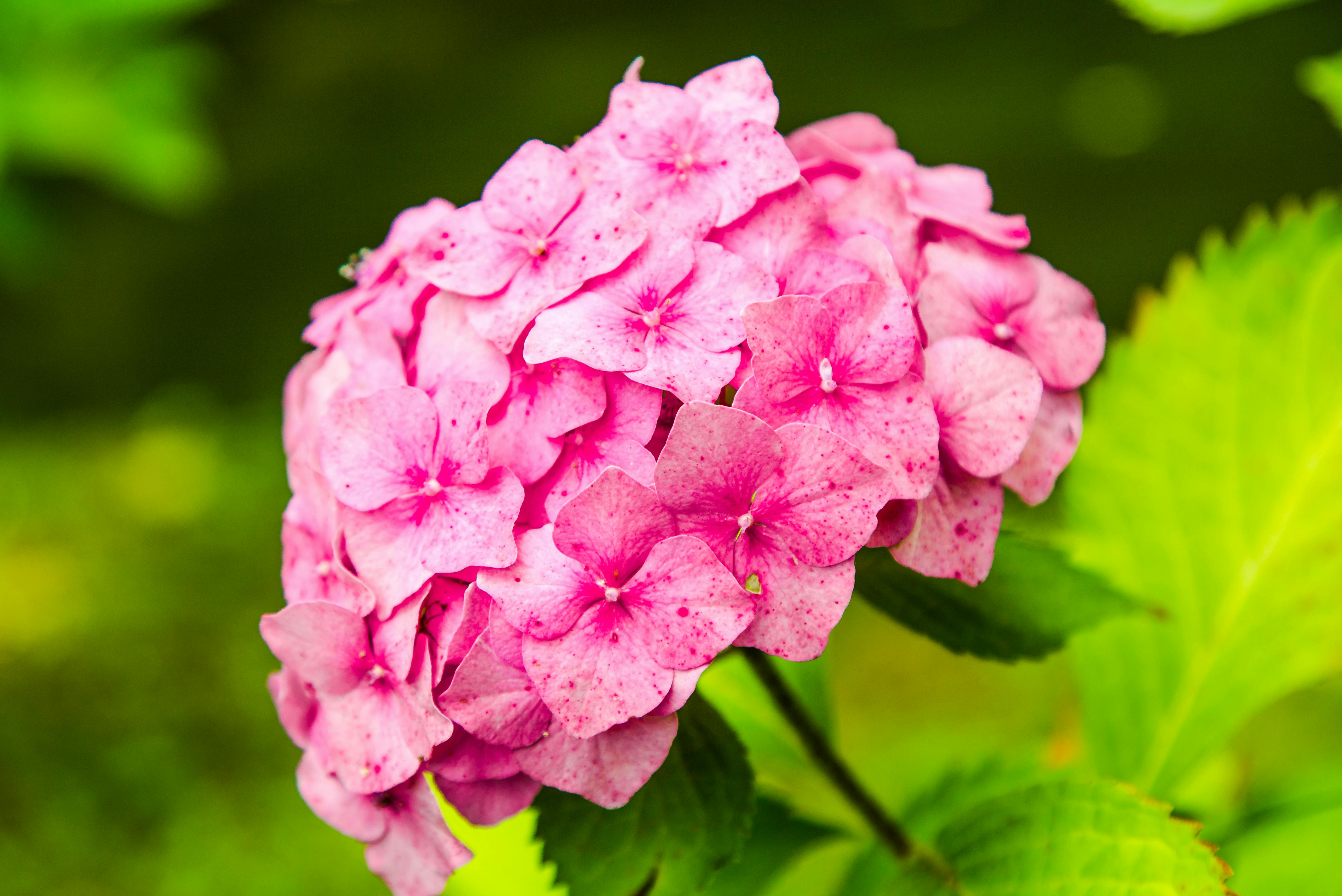
- A field of blue hydrangeas in bloom. The hydrangeas are in full bloom, with their large, round flowers filling the field. The color is a deep blue, with a hint of purple.
- A hydrangea bush covered in white flowers. The bush is lush and green, with large, white flowers covering it. The flowers are in full bloom, and they create a beautiful, cascading display.
- A hydrangea wedding bouquet. The bouquet is made up of white and pink hydrangeas, with a few sprigs of greenery. The flowers are arranged in a loose, cascading style.

Post a Comment for "Floral Hydrangea: The Bloom That's"